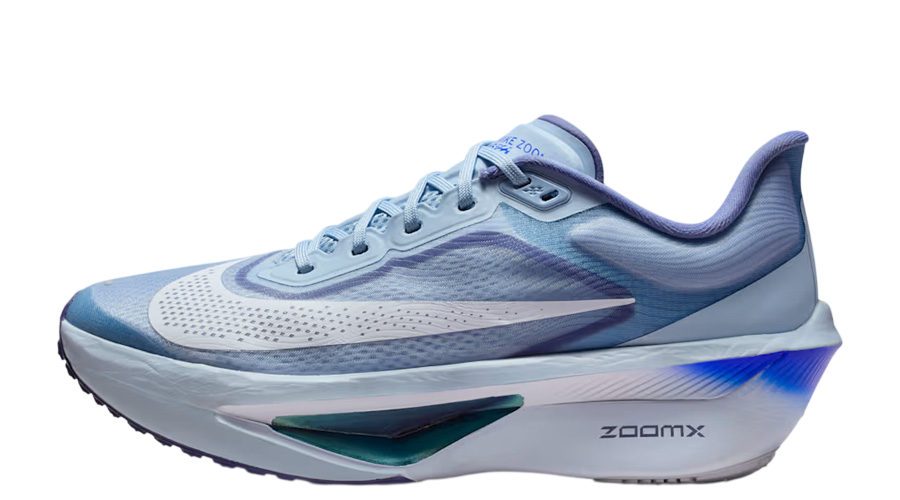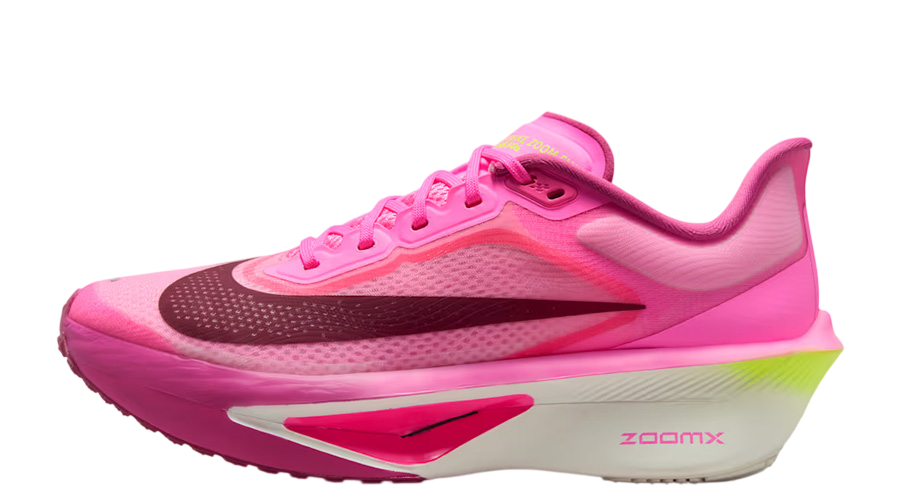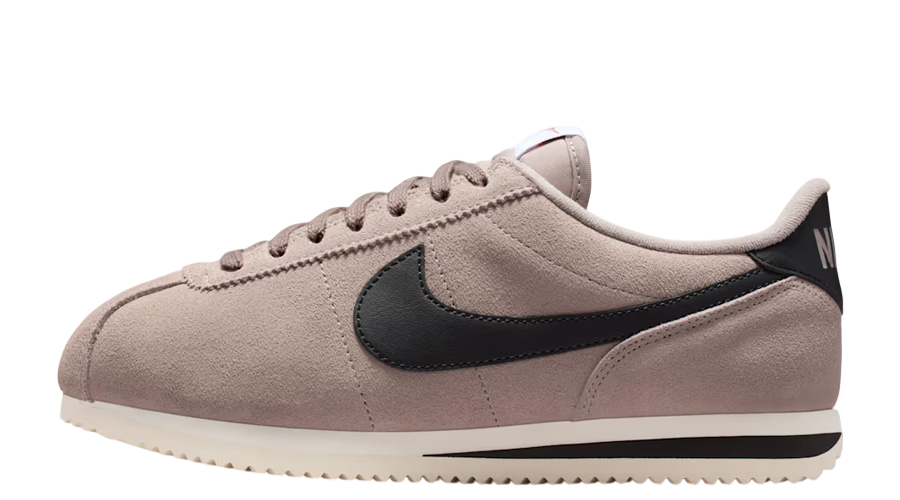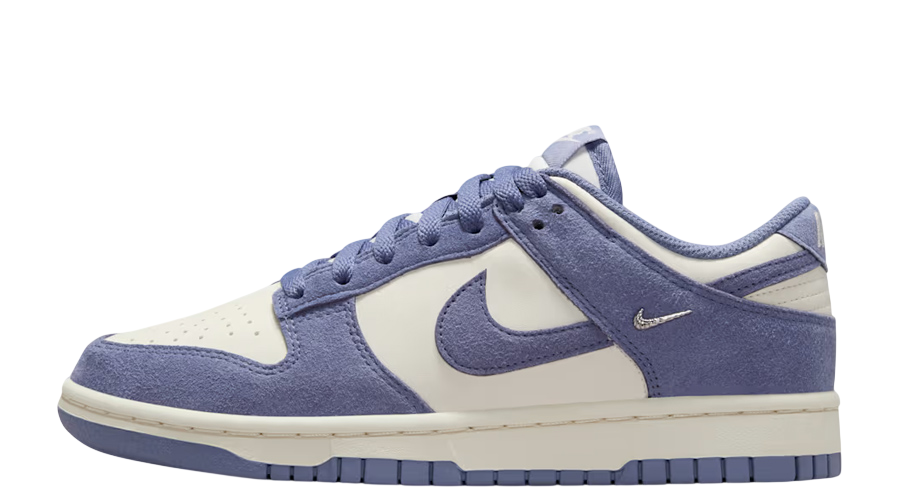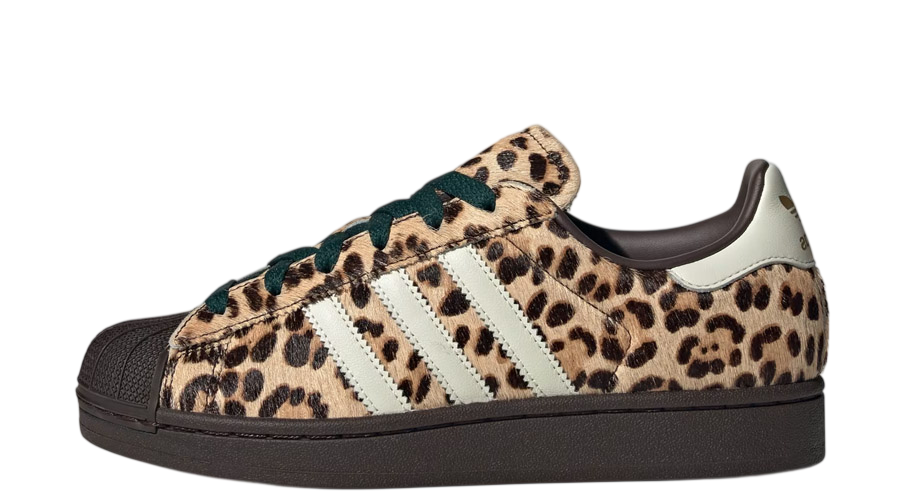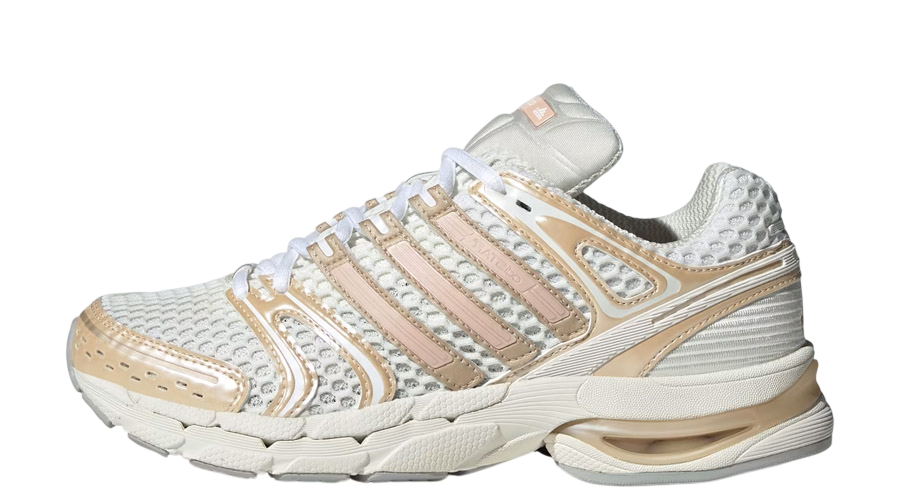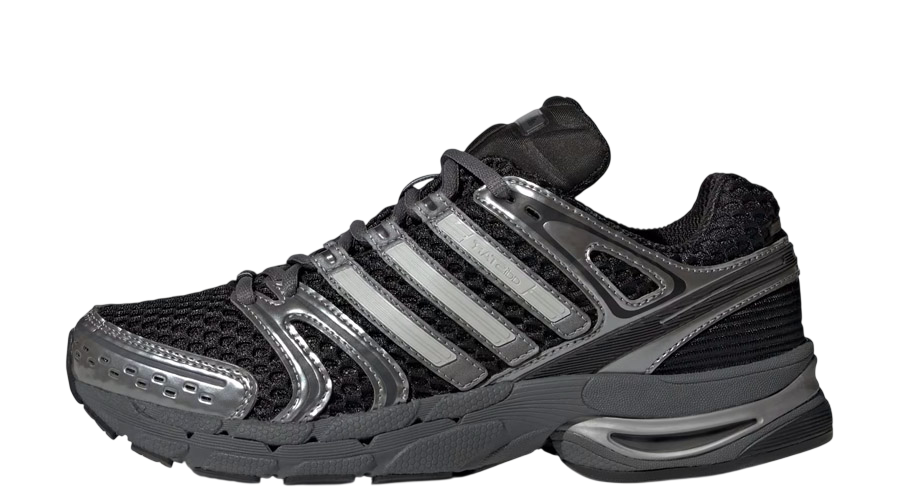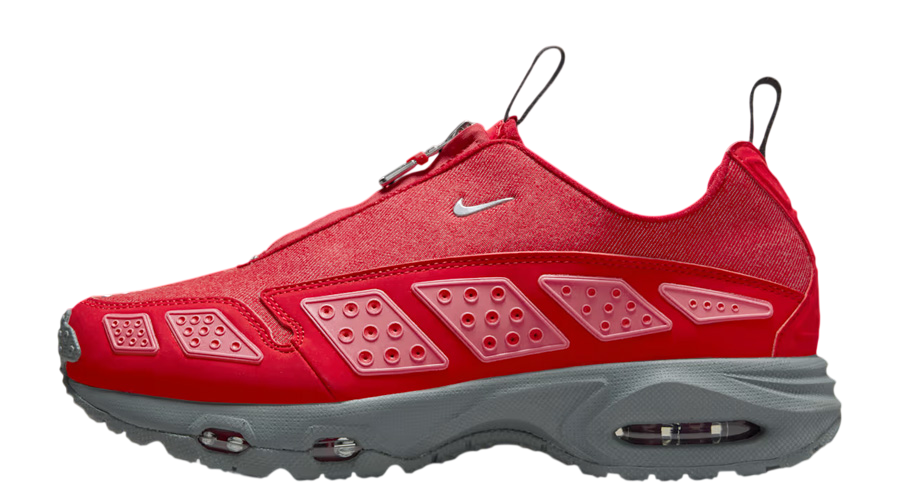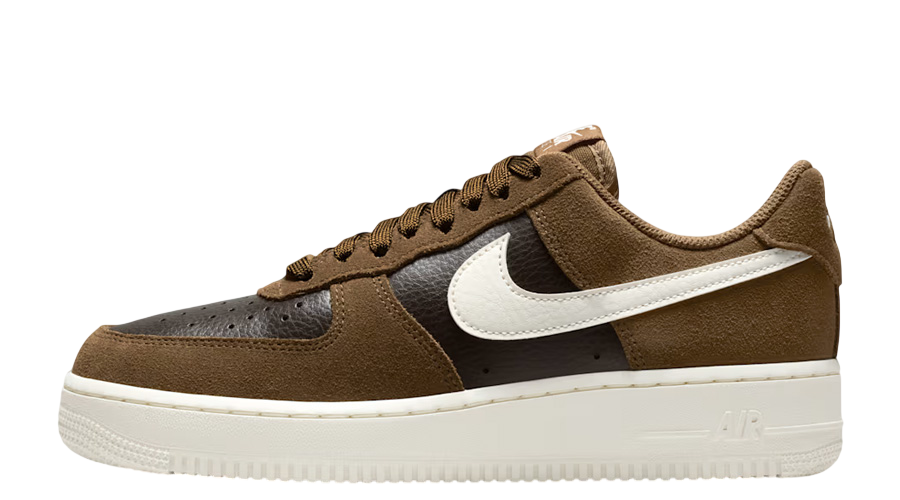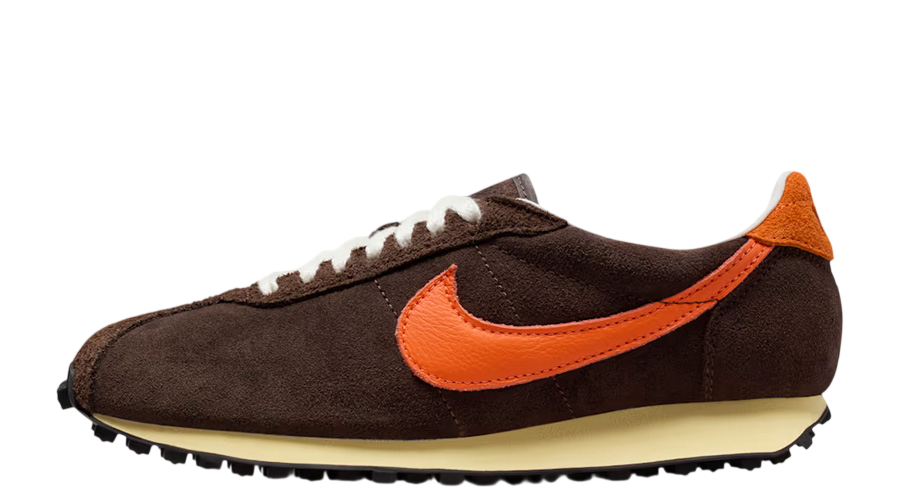What Size Is a Women’s 7Y at Nike? A Guide to Youth Sizing

Navigating shoe sizes, particularly with major brands like Nike, can be a little confusing at times. With the myriad of numbers, designations, and sometimes even geographical variances, it’s no wonder that many sneakerheads find themselves grappling with questions about which size best suits their feet. In this comprehensive guide, we’ll embark on a journey to understand the American sportswear company’s shoe sizing system, with a specific focus on its youth to women’s sizing.
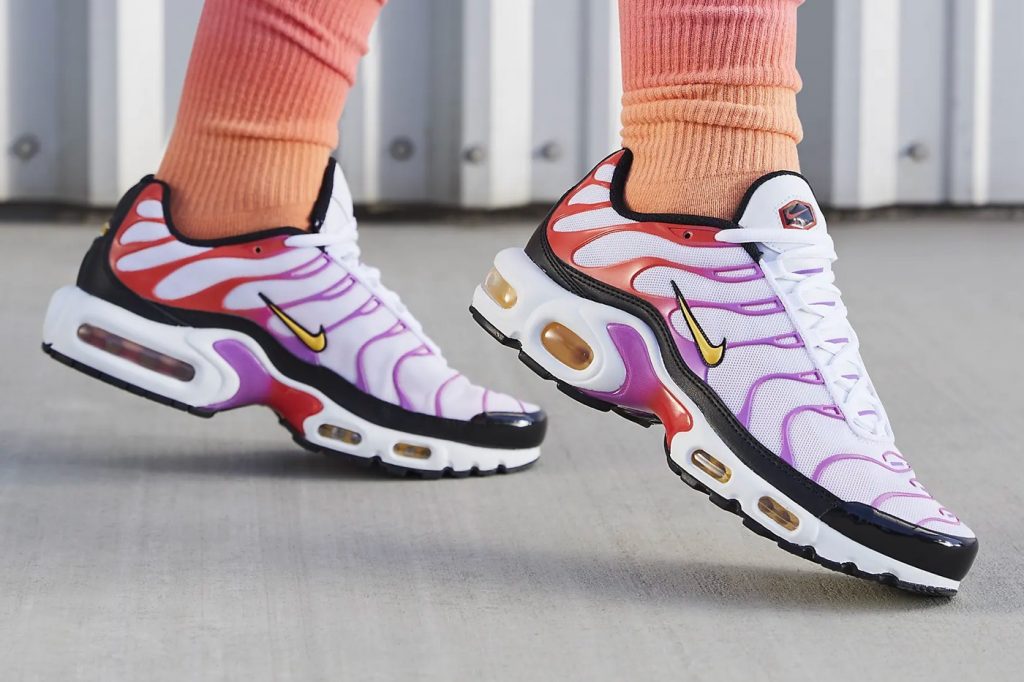
How Does Nike Size Its Shoes?
If you take a look at Nike’s sizing chart, you’ll find a meticulous system that’s tailored to provide optimal comfort for every foot. Unlike clothes, trainers need to fit precisely. Here’s a concise breakdown of how Nike categorises its sizes:
Men’s Sizing: Starting with men’s shoes, sizes tend to run from as small as 3.5 to as large as 15 in the UK. The design of men’s shoes doesn’t merely account for length but also for width, foot arch, and even the shape of the toes. This attention to detail ensures a robust fit tailored for the male form.
Women’s Sizing: For the ladies, Nike’s sizes generally span from UK 2.5 to 10.5. You should note that women’s shoes, while similar in length measurements to men’s, will often have a narrower width. This is due to the average difference in foot breadth between the genders. Another nuanced distinction is the higher arch support often found in women’s variants.
Youth Sizing: Then we come to youth sizes, often designated with the letter “Y.” These sizes are typically meant for those who’ve outgrown toddler sizes but aren’t yet in adult-size territory. Nike’s youth sizes range from 1Y to 7Y. Interestingly, youth shoes aren’t merely mini versions of adult ones. They are, in fact, engineered to take into account the growth phases and specific requirements of adolescent feet.
What Size Would I Be in Youth if I Am a Women’s 7?
A frequently asked question, indeed. The world of footwear is filled with charts, conversions, and sometimes, a touch of guesswork. However, a common rule of thumb when it comes to Nike is to subtract 1.5 from the women’s size to get the equivalent youth size. Therefore, if you’re a size 7 in women’s Nike shoes, you’d likely be around a 5.5Y in youth. But remember, while the length might match up, other factors like shoe width and arch design might differ. So, always try before you buy, or consult detailed size charts and reviews.
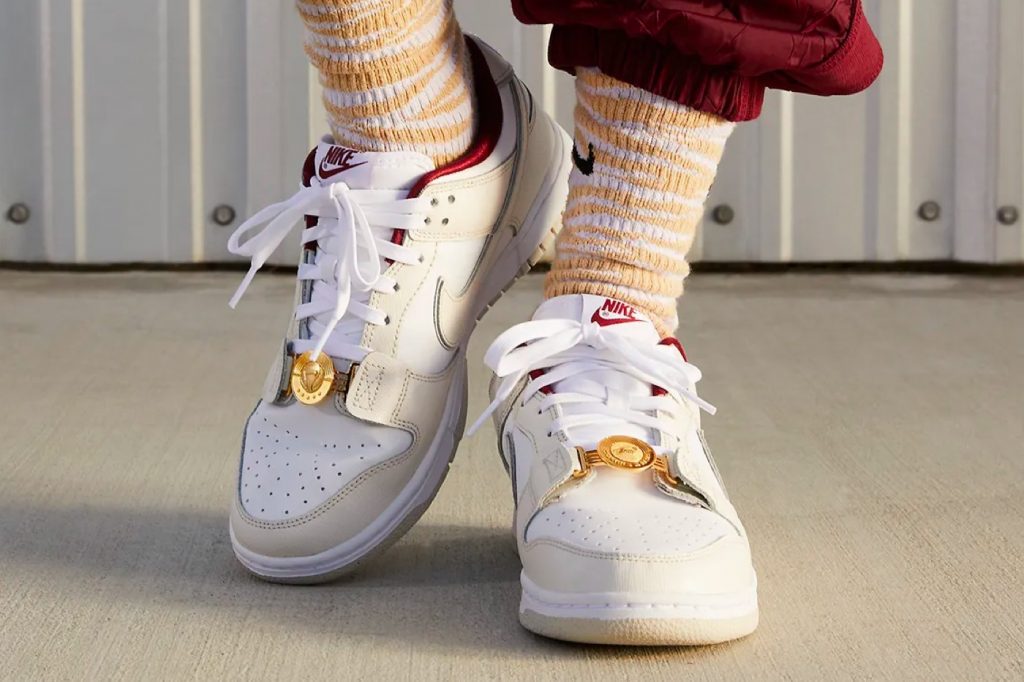
What is 7Y in EU Size?
Venturing into European shoe sizes brings its own set of complexities. The European system predominantly hinges on centimetre measurements of the foot. So, for those familiar with the American youth size of 7Y, the burning question remains: How does it translate to European metrics? A 7Y in the US typically aligns with an EU 40. But as always, it’s vital to remember that even a centimetre’s difference can significantly alter the fit of a trainer. While conversion charts provide an invaluable guide, the nuances of individual foot shapes and brand-specific designs can cause slight deviations.
What is 7Y in UK Size?
The United Kingdom, with its rich history of tailoring and craftsmanship, brings its unique touch to shoe sizing. Akin to the European system, UK sizing is also deeply rooted in the actual foot measurements. But, for those knee-deep in American sizing and wondering about the UK equivalent of a 7Y, the answer is UK 6. However, it’s always worth noting that, similar to the European sizes, small design distinctions can exist between brands and even within different lines of the same brand. Therefore, as a rule of thumb, always opt for brands that offer a comprehensive size guide.
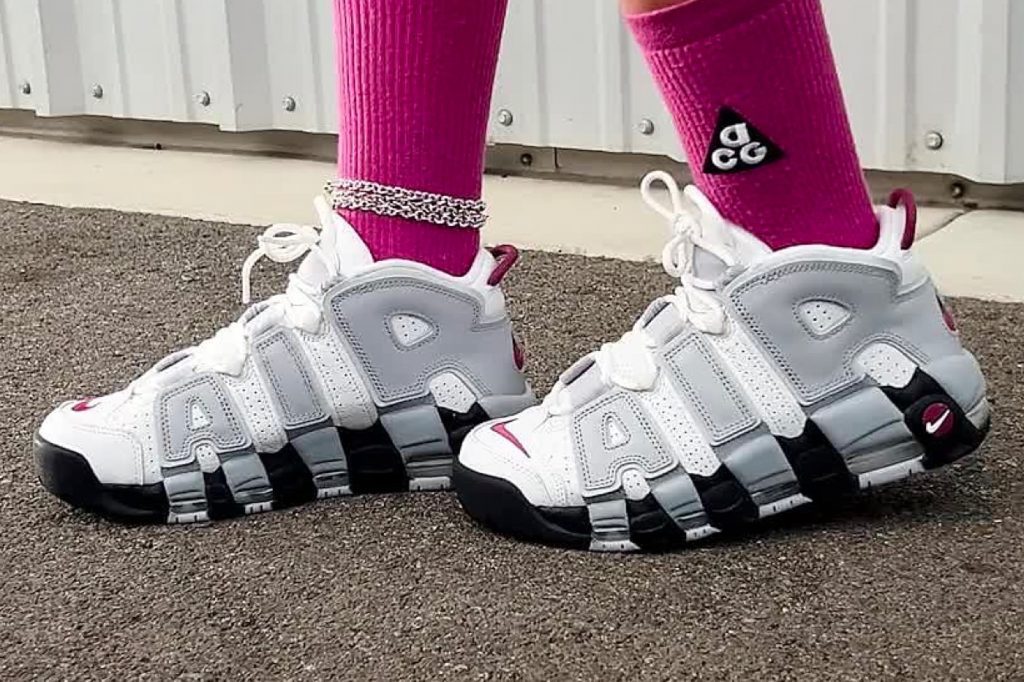
How to Find the Perfect Size
Selecting the right sneaker size isn’t just about numbers on a chart; it’s about ensuring that your feet are nestled comfortably and securely. Here are some tips to aid you in this:
- Measure in the Evening: Believe it or not , feet tend to swell slightly throughout the day. By measuring in the evening, you ensure that your shoes won’t feel too snug after a day’s activities.
- Always Try Before You Buy: Even with the most accurate conversion charts, it’s crucial to try on shoes. A trainer that feels just right when tried on is a shoe worth buying.
- Consider Sock Thickness: The kind of socks you wear can affect fit. If you’re planning to wear thick socks, adjust your size choice accordingly.
- Width Matters: Length isn’t the only concern. Some of us have wider or narrower feet, so always check if the brand provides width options.
- Walk Around: Don’t just try the shoe; walk around the shop a bit. This will give you a better feel of the shoe’s comfort and fit.
Nike Sizing Chart Guide
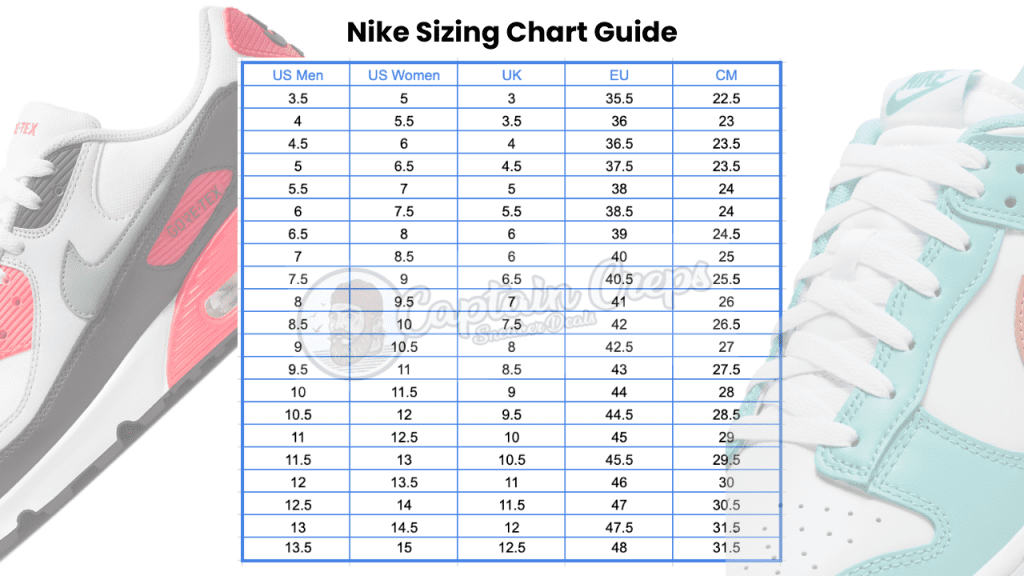
The Bottom Line
Navigating the world of shoe sizes can be confusing, especially when you’re transitioning between youth and women’s categories. While converting them is possible, always remember that no two feet are the same. Beyond the numbers, factors like width, design, and personal comfort play a paramount role. Investing time in understanding these not only ensures a comfortable shoe but also promotes foot health in the long run.
Frequently Asked Questions
Is there a standard conversion for all brands?
No. While many brands might have similar conversions, subtle differences do exist. It’s always recommended to refer to the brand-specific size chart.
Can I rely solely on conversion charts?
Conversion charts are a great starting point. However, always factor in personal comfort, shoe design, and the specific brand’s size guide.
Why does my shoe size differ between brands?
Different brands might have variations in their design, structure, and measurement standards. This can lead to slight size differences.
If I wear a particular size in men’s shoes, can I easily convert it to women’s?
Generally, a difference of 1.5 sizes is cited. For instance, a men’s 7 might be a women’s 8.5. However, as always, trying the shoe on is the best measure.
How often should I measure my feet?
Feet sizes can change due to factors like age, weight changes, and even pregnancy. It’s advisable to measure your feet once a year to ensure you’re still wearing your ideal size.
